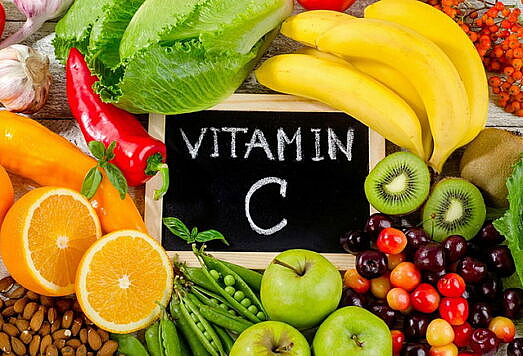Seasonality is observed in almost all infectious diseases. This seasonality is observed in respiratory infections such as influenza, to diarrhoeal diseases such as cholera and vector-borne diseases such as malaria. Factors that are involved in the seasonality of infectious diseases are environment and host immunity.
Exposure to cold temperatures affects the physical, cellular, and molecular defenses against pathogens in humans. Normal physical barriers to infection can be disrupted by cold temperatures resulting in increased mucus viscosity and decreased ciliary action in the upper respiratory system. Cutaneous barrier function upon cold exposure is also disrupted. Furthermore, exposure to cold temperatures causes secretion of the stress hormones norepinephrine and cortisol, lymphocytosis and decreased lymphocyte responses (part of adaptive immunity). The increased production of corticosteroids and catecholamines following cold exposure impacts immune cell function negatively. Norepinephrine especially is involved in many of the physiological and immunological changes observed with cold temperature. Changes in immunological parameters similar to physiological changes are dependent on the severity of the cold exposure. Several studies have found that exposure to cold temperatures induces a decreased immune function and increased susceptibility to infection.
Nutritional status in winter
Seasonal variations in nutrition also occur in many settings and a direct link between poor nutritional status, reduced cell mediated immune responses and an increased risk of infection is well established in children. Vitamin D levels are consistently lower in winter and spring months in temperate settings. This vitamin D deficiency increases the risk of respiratory infection in children. The most specific effect of vitamin D deficiency on immunity is a reduction in the antimicrobial peptide cathelicidin, a part of the innate immune system, which is expressed in white blood cells and bronchial epithelial cells present in the lung. Vitamin D can be obtained via dairy, animal products and the sun.
Boosting your immunity
Immunity can be boosted by eating food containing antioxidants. Vitamin A, C, E, carotenoids and flavonoids are antioxidants we should eat in sufficient amounts to boost our immunity. These antioxidants are found in coloured fruits and vegetables, like berries, green vegetables, pumpkins, spinach and broccoli.
This blog was written by dr. Vinod Sommandas especially for Pure Natural Cosmetics owned by Nirit Yogev. The blog can be found on the Pure Natural Cosmetics website: http://www.purecosmetics.info/nutrition-winter/. The facebook page of Pure Natural Cosmetics can be found on https://www.facebook.com/PureNaturalCosmetics/.
For more detailed scientifically substantiated health advice, contact Vedanta Wellbeing PhD.
If you have any questions/comments please feel free to reach out to me by connecting on Linkedin or by email info@wellbeingphd.com. More information can be found on the company website of Vedanta Wellbeing PhD www.wellbeingphd.com and facebook: www.facebook.com/wellbeingphd.










